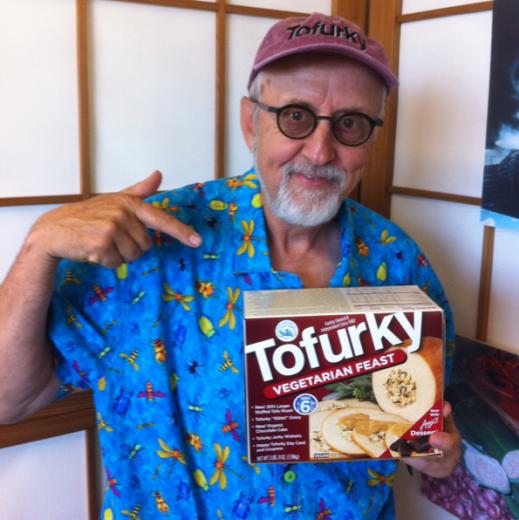1 9
1 9
ADVERTISEMENT
Seth Tibbott
"To say that this is beyond my wildest dreams is an understatement," says Turtle Island Foods' founder and CEO Seth Tibbott. He started his business in 1980 making tempeh products at night in a rented kitchen with $2,500 worth of pots and pans and second-hand equipment. "It’s so great to be able to work in a building with all the natural light, solar panels, plants and building materials that are a perfect extension of your deepest held beliefs on how the world should be."
A Rendering of Turtle Island Foods' New Green Food Processing Facility
Turtle Island Foods' new plant is located on 1.5 acres of industrial zoned land, 150 yards from the Columbia River in Hood River, Ore. The plant, which is now open but will be completed and fully operational in early 2014, accommodates 93 full-time employees. The facility has approximately 33,000 sq. ft. of manufacturing space and 2,000 sq. ft. of offices. Recycled and repurposed items are used throughout.
Turtle Island Foods' Main Entrance
As calculated by an energy-consulting firm, the facility’s efficiency is 34 percent more efficient than the Oregon building code. There is a designated commission authority to lead, review, and oversee the completion of all commissioning process activities. This verifies the performance and execution of the overall building process.
Rooftop Garden Installation
The project’s landscaped rooftop is made up of native species that require no extra water for irrigation. The green roof also helps to mitigate storm water runoff. Storm water systems, including the storm water collection tank, are designed to limit event discharges, and improve water quality. The tank then repurposes the storm water runoff to be used in the building’s toilet systems.
The facility's green rooftop includes a vegetable and fruit garden for company employees.
The facility's rooftop garden has a bounty of native plant species to encourage natural biodiversity, and acts as a naturally pervious surface for storm water runoff. The green roof and use of landscaping will reduce the building’s heat island affect. The roof is made up of TPO (thermoplastic polyolefin), which has a high LEED-standard solar reflectance index. This helps to reduce the heat island effect.
Rooftop Solar Array
A 100 kWh solar array is mounted on the roof, powering common areas electric and plug loads as well as an electric car charging station that will be available to the public. On-site renewable energy systems include solar water heating and solar power.
A Design That Creates Indoor/Outdoor Connections
Thanks to its large windows, Turtle Island Foods provides for the building occupants a connection between indoor spaces and the outdoor through the introduction of daylight into 75 percent (minimum) of regularly occupied areas of the building and views of the outdoors for 90 percent (minimum) of the regularly occupied areas of the building.
Boccee Court
Turtle Island's new HQ boasts a rooftop bocce court for its employees.

